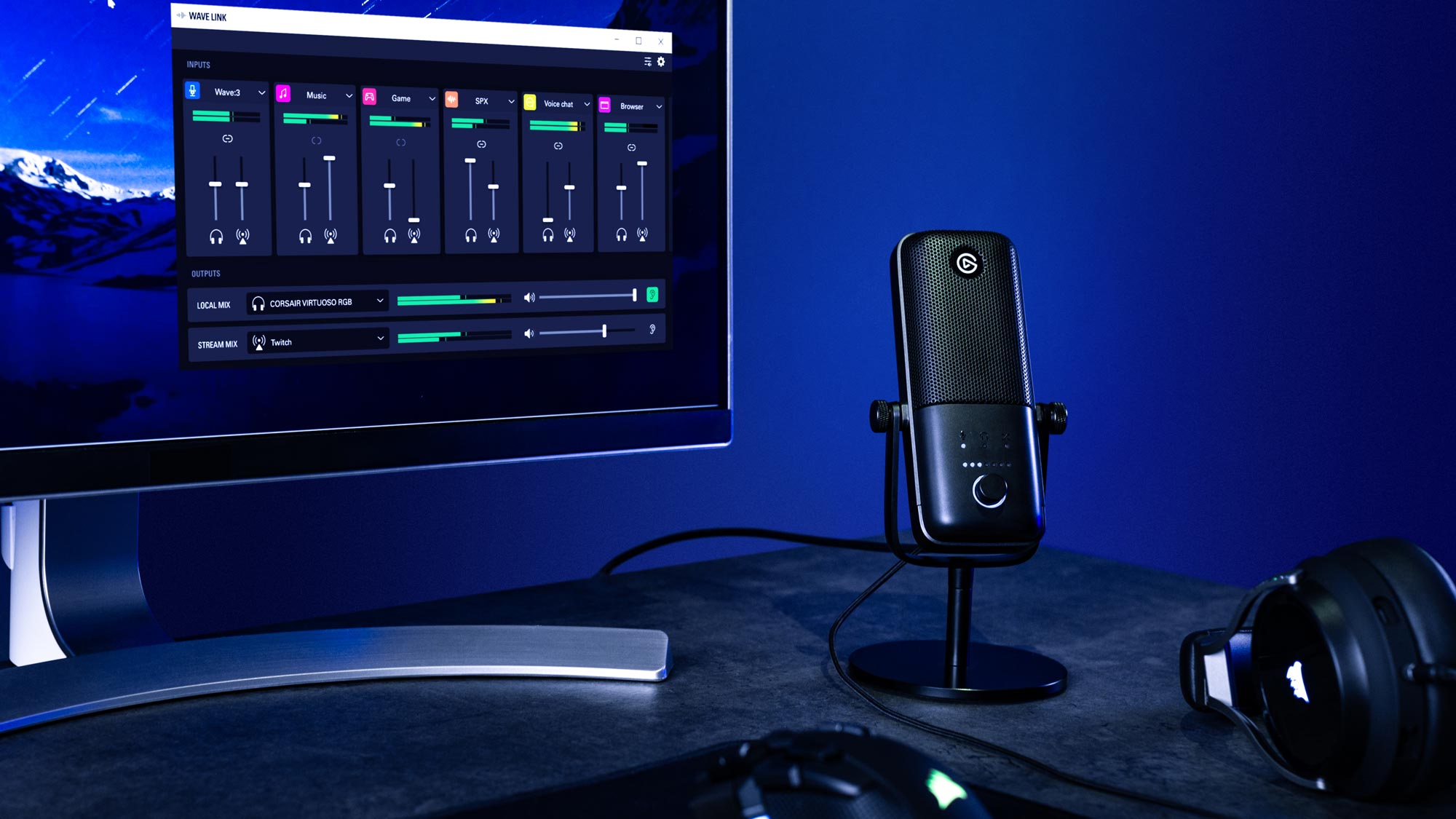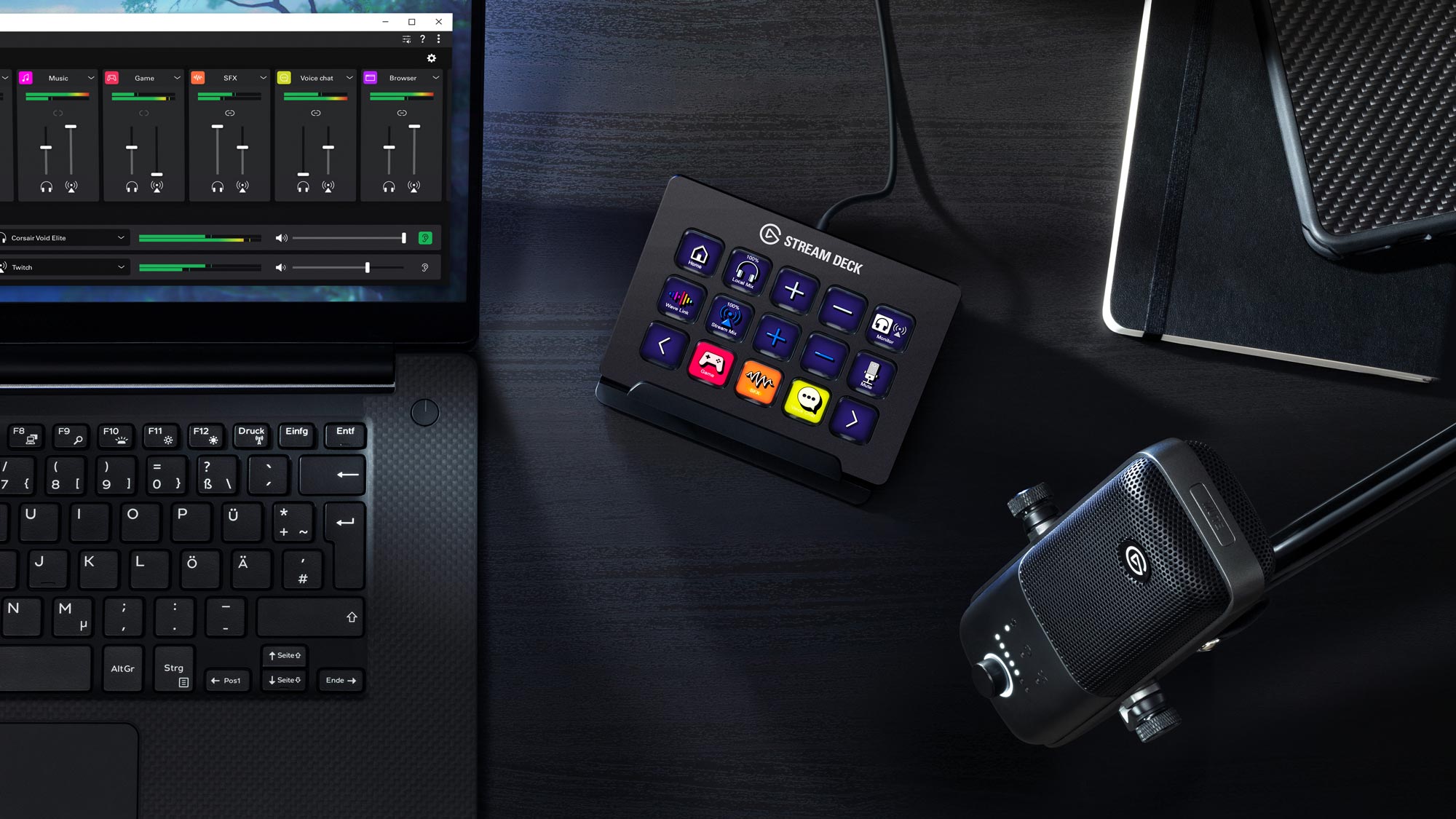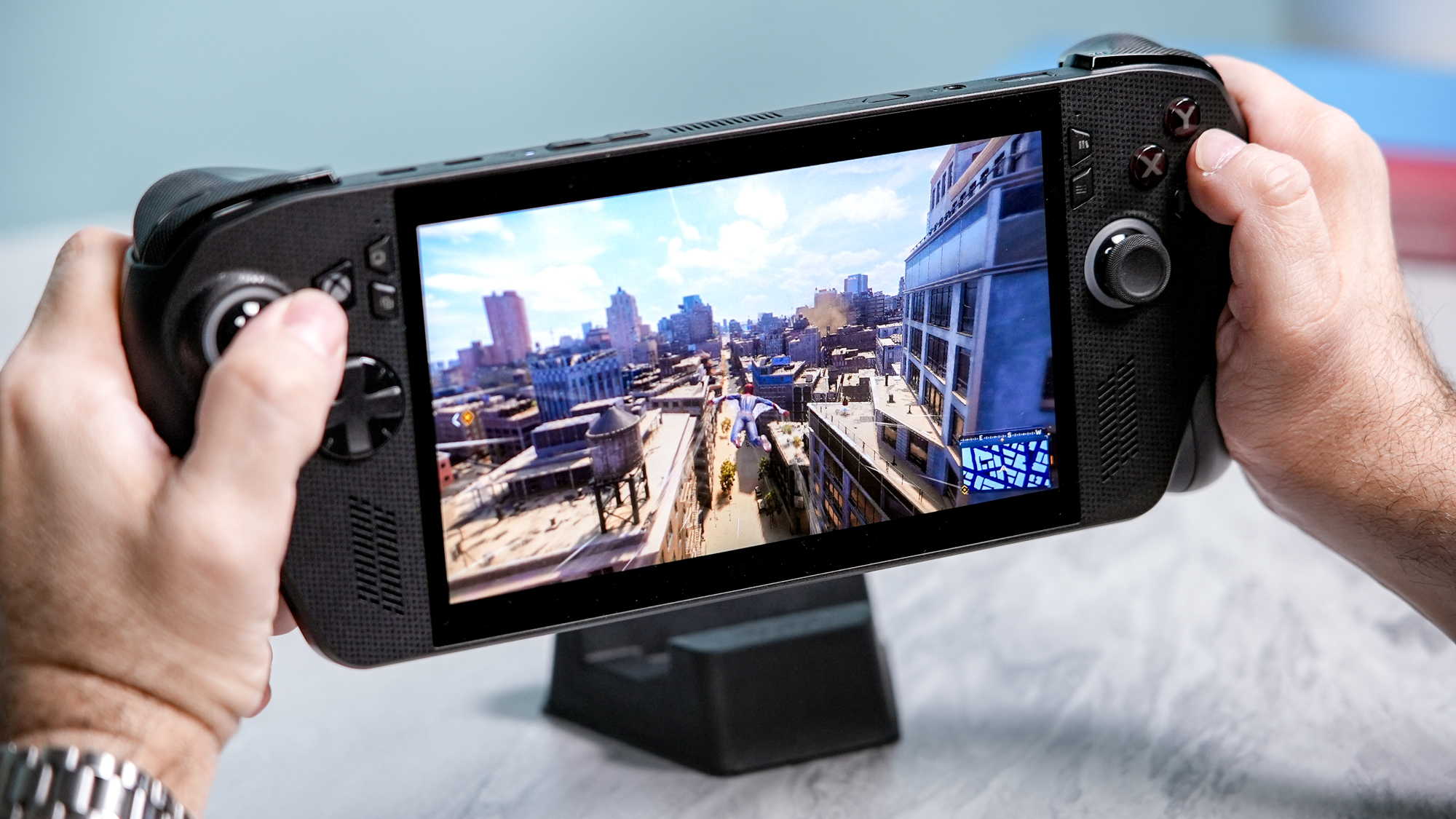Tom's Guide Verdict
A very good-sounding cardioid mic that fits in well with any studio space
Pros
- +
Clear cardioid recording
- +
Intuitive setup
- +
Clean design
Cons
- -
Very simple onboard controls
- -
Can pick up background noise
Why you can trust Tom's Guide
The Elgato Wave: 3 microphone represents the company’s first foray into gaming mics, and it’s an impressive one. It’s not as versatile as the Blue Yeti, or as stylish as the HyperX QuadCast, but the Wave: 3 records high-quality sound with simple controls. At $160, its price is about on par with similar mics, and its built-in stand means it’s ready to use right out of the box.
The Wave: 3 also boasts one exciting feature that no other gaming mic can claim: Native support from the Elgato Stream Deck. For streamers who use the versatile and ubiquitous Stream Deck to optimize their videos, the Wave: 3 could be the perfect peripheral. Read on to find out what the Wave: 3 does by itself, and what it can do in conjunction with one of the most popular streaming accessories out there.
- All the best microphones for gaming, streaming and podcasting
- Check out the best microphones overall
Elgato Wave 3 review: Specs and performance
In this price range, mics either record well or poorly, without many additional considerations, and the Wave: 3 records well. The device employs a cardioid audio pattern, which means it’s optimized for one person speaking directly into it. This isn’t the kind of mic you’ll want to record music, or panel discussions, or even conversations. This is a mic for you, alone, addressing an audience out in cyberspace.

Elgato promises “professional broadcast audio quality,” and in my experience, that was true. I recorded my own voice at a variety of pickup volumes, and communicated with my coworkers in a large, crowded Google Meet room. My own recordings had a touch of background noise, particularly at higher pickups, but it was more of a low hum than an obnoxious buzz. My voice itself was crystal clear, and I was particularly impressed that the Wave: 3 did not put any undue emphasis on harsh “p,” “s” and “t” sounds.
The controls are also admirably simple. There are three settings that you can adjust, and all of them use a single dial that doubles as a button. First is the mic pickup, which controls how sensitive the mic is to your voice. Obviously, you can set this higher if you speak quietly, and lower if you speak loudly. I didn’t have much trouble finding a setting that worked for me.

The second control is a volume output in case you want to monitor your voice with headphones. The third control is a mic/PC mix slider, which controls the balance between your voice and the output from your PC. (This last setting is extremely useful for streaming, and not terribly useful pointless for podcasts and other non-gaming communications.)

There’s also a mute button on top of the mic, and a removable, circular stand. Aside from a USB-C port for power and a 3.5 mm headphone jack, there’s not much else to discuss. You can buy an optional pop filter, shock mount or larger stand, if you want, but they’re not necessary for casual streaming.
Get instant access to breaking news, the hottest reviews, great deals and helpful tips.
In short, the Wave: 3 is a perfectly competent gaming mic. But what sets it apart from a handful of other perfectly competent (and sometimes cheaper) gaming mics is its Stream Deck compatibility.
Elgato Wave 3 review: Stream Deck compatibility
If you haven't used the Elgato Stream Deck before, it's a nearly indispensable tool for streamers. For those who haven't used it before, the Stream Deck is something between a tablet and a controller. It doesn't have a screen, but it has 15 programmable, customizable buttons (or more, or less, depending on the size you buy) that correspond to a variety of PC commands.
For example: You could program a Stream Deck button to make your camera feed big and your game feed small, or change your audio output, or launch a game from Steam. The bottom line is that the Stream Deck lets you press one button on a physical control panel to perform functions that would usually take multiple button presses on a monitor screen.

Once you sync the Wave: 3 with a Stream Deck, you can do anything that would normally require you to manipulate the mic's controls. That means you can change pickup sensitivity, monitoring volume or the PC mix without having to lean over and fiddle with the Wave: 3 itself. You can also mute the mic or activate a low-frequency filter.
These tasks aren't difficult to perform on their own, but assigning them to a Stream Deck can save valuable seconds of streaming time. If you're trying to build an audience, no one wants to watch you toy with your mic when you could be providing commentary on a game instead.
While other mics are compatible with the Stream Deck, too, the Wave: 3 offers players a level of granular control that competitors don't.
Elgato Wave 3 review: Verdict
I wouldn't recommend the Wave: 3 over most other streaming mics on the market. The sound wasn't quite as subtle as on my Rode Podcaster, while mics like the Blue Yeti have a variety of audio input modes for maximum versatility. But the Wave: 3 has its charms, particularly if you plan to pair it with a Stream Deck. And when you're just starting out in the streaming space, streamlining your production process by any means necessary is usually a good idea.

Marshall Honorof was a senior editor for Tom's Guide, overseeing the site's coverage of gaming hardware and software. He comes from a science writing background, having studied paleomammalogy, biological anthropology, and the history of science and technology. After hours, you can find him practicing taekwondo or doing deep dives on classic sci-fi.

